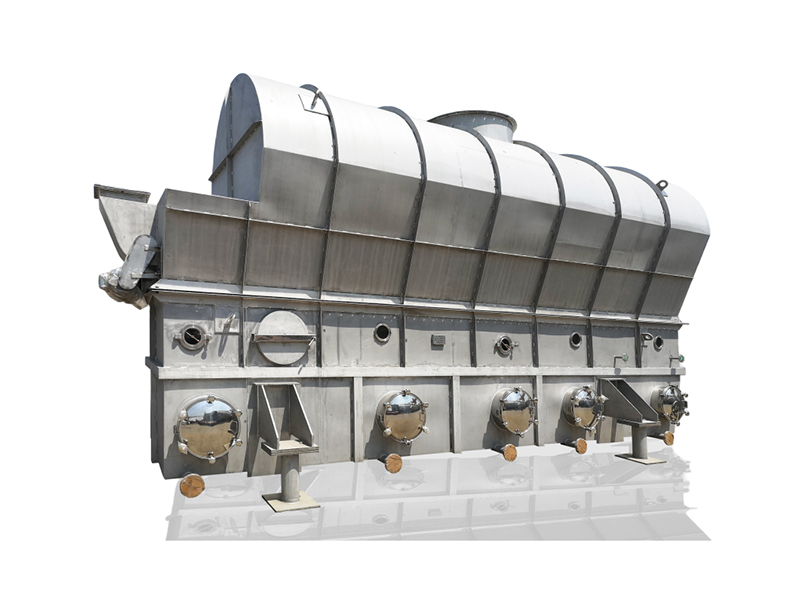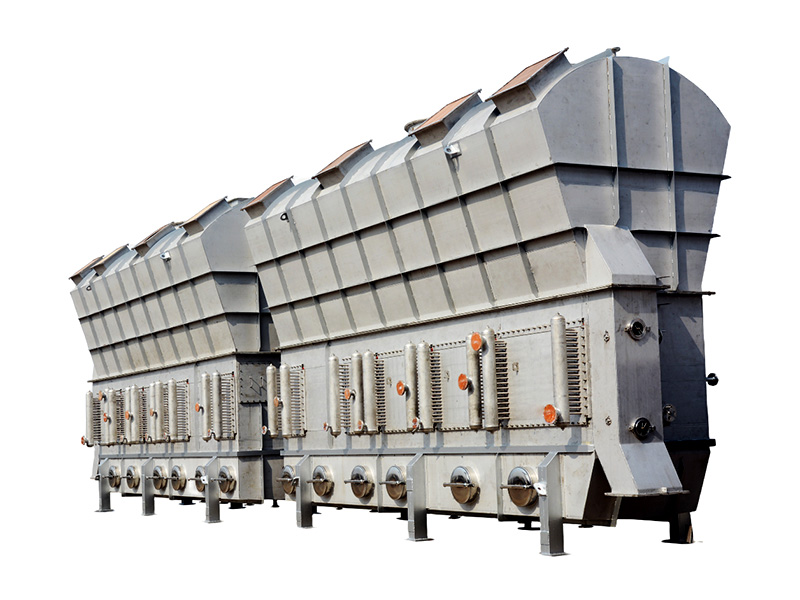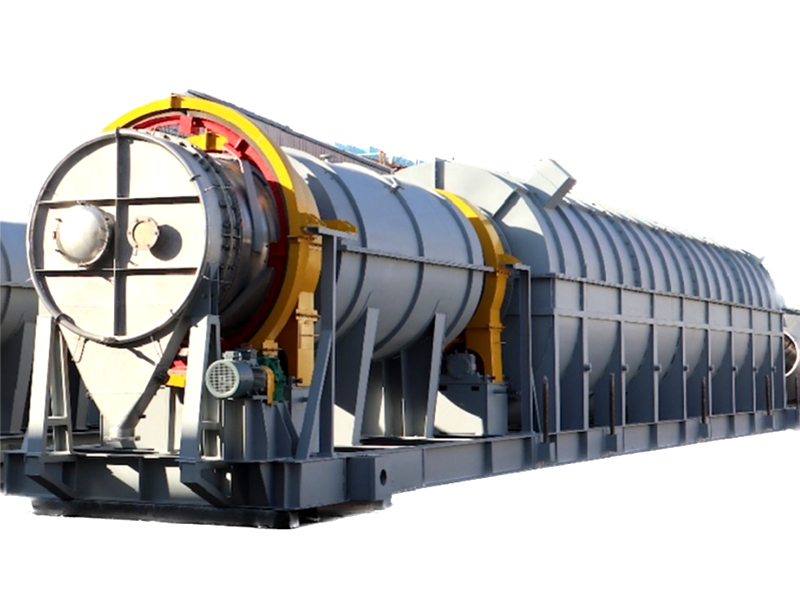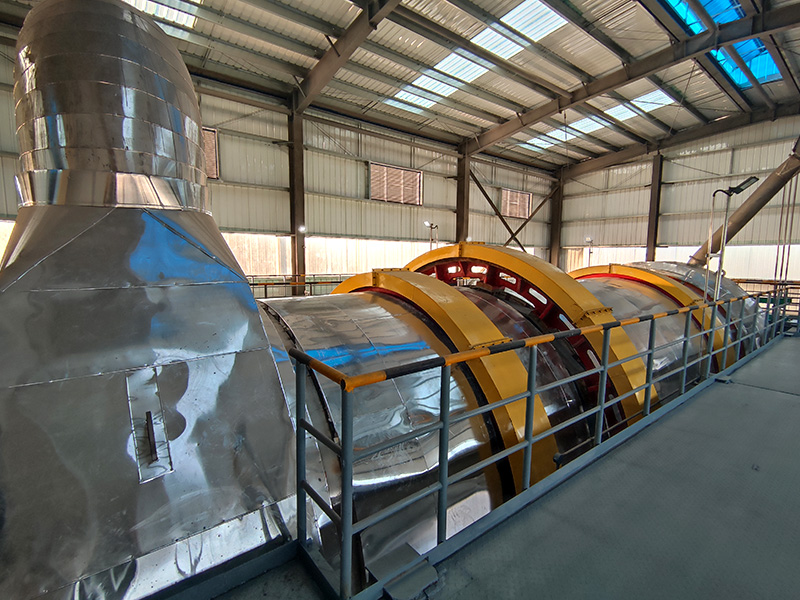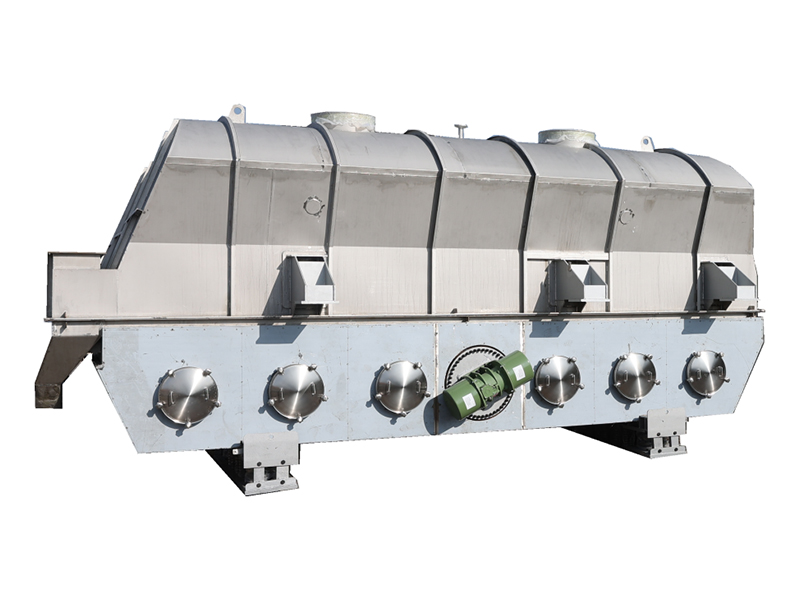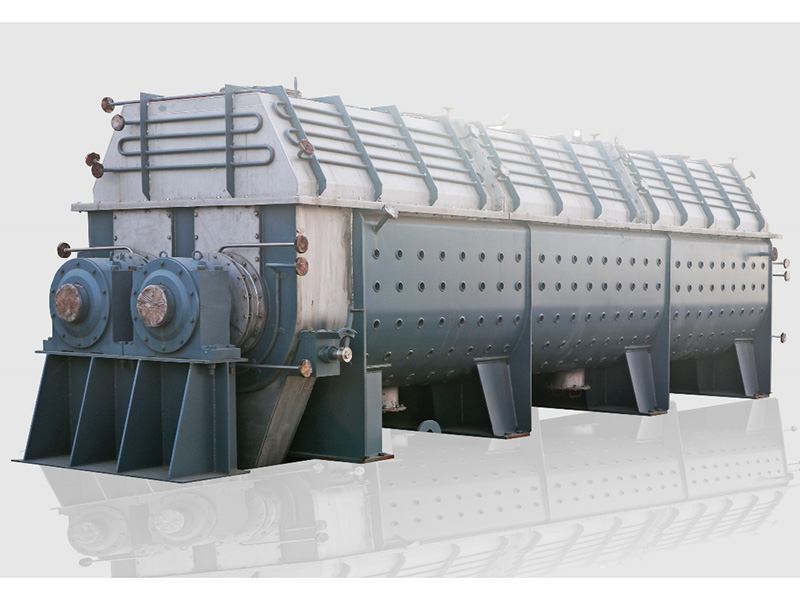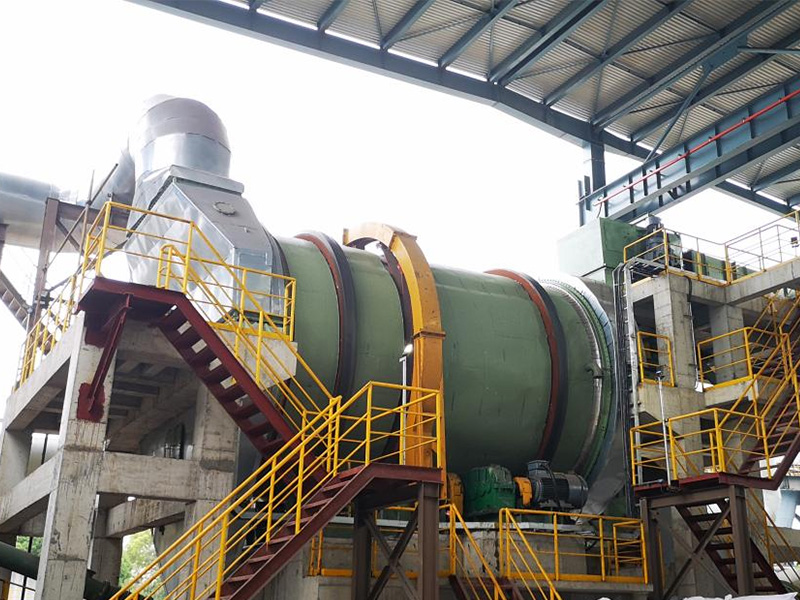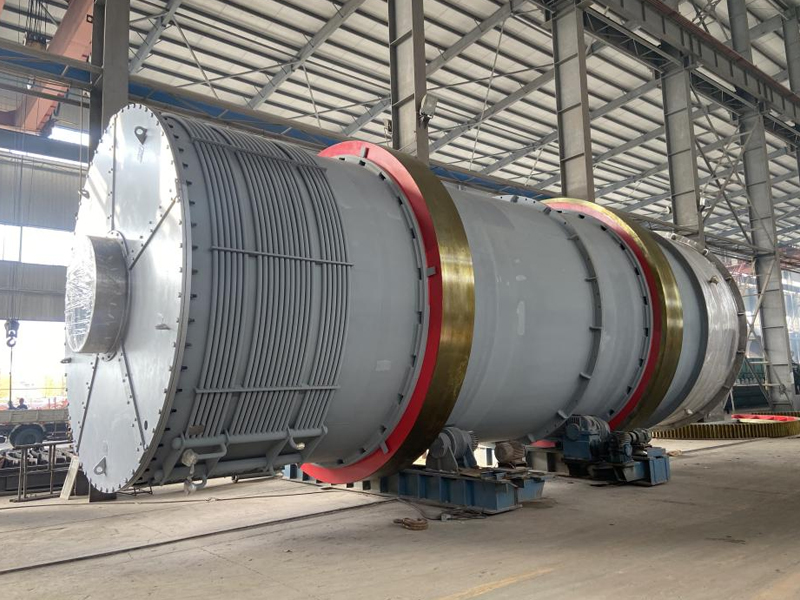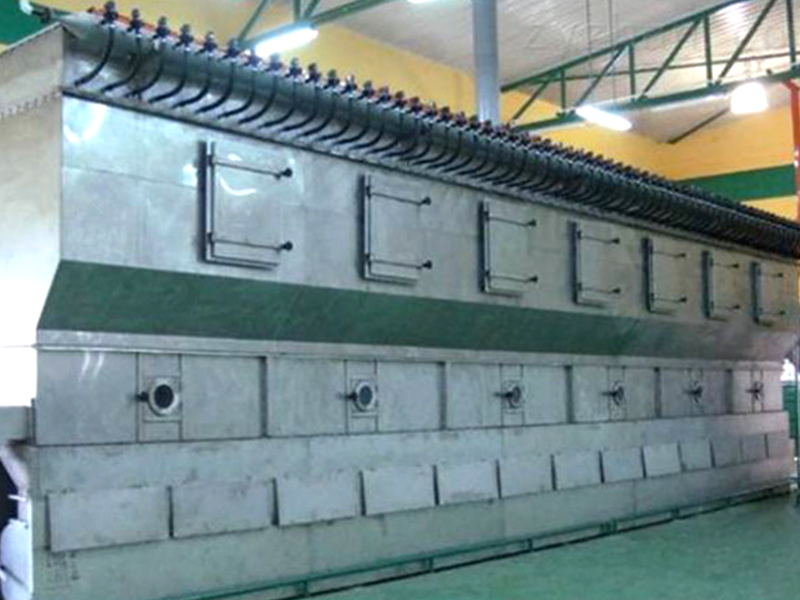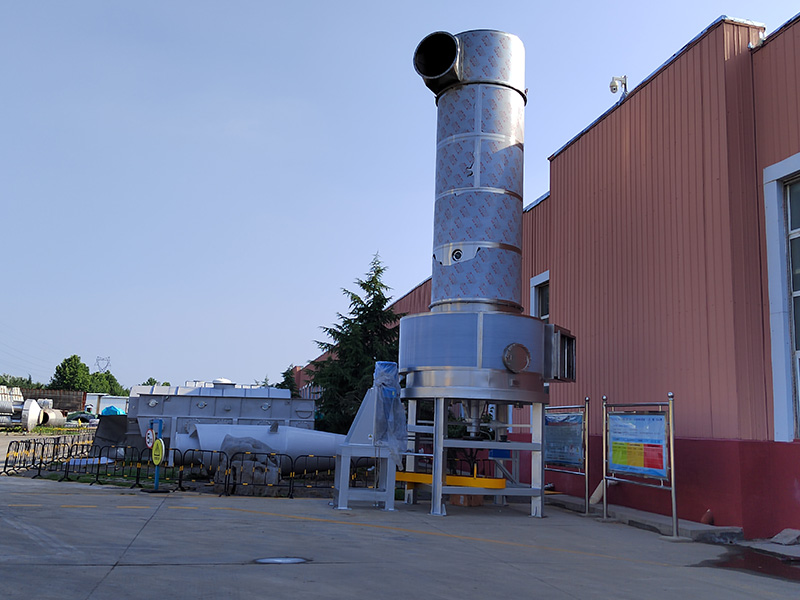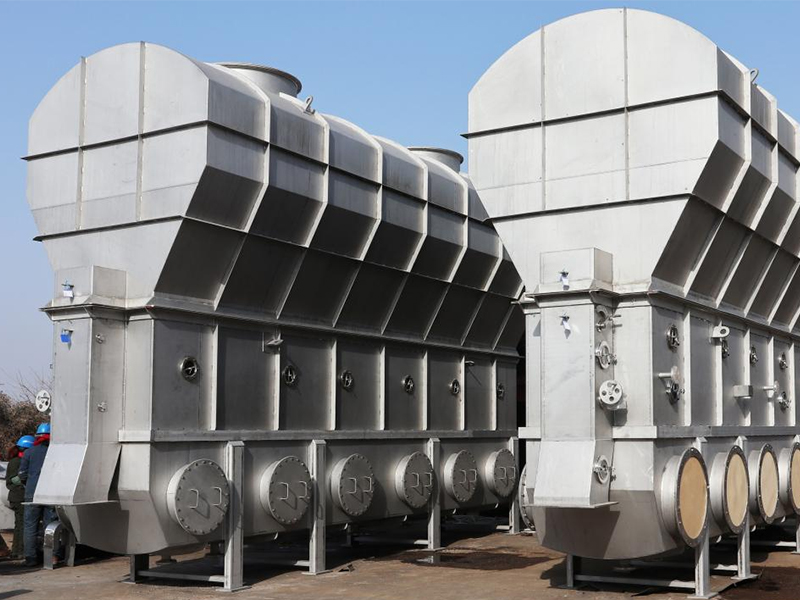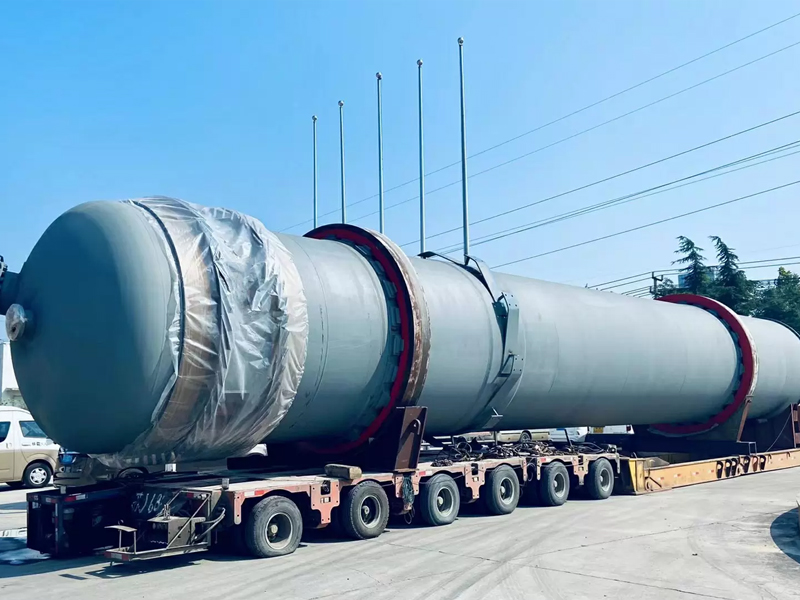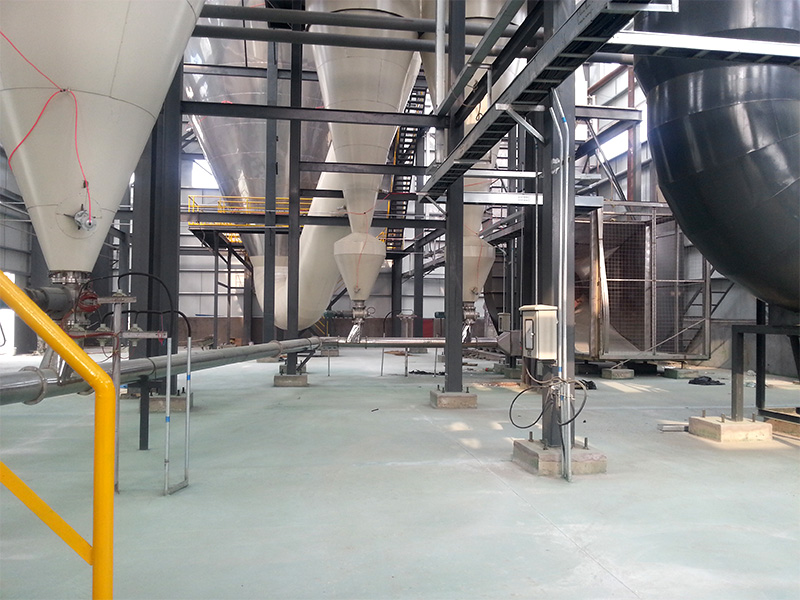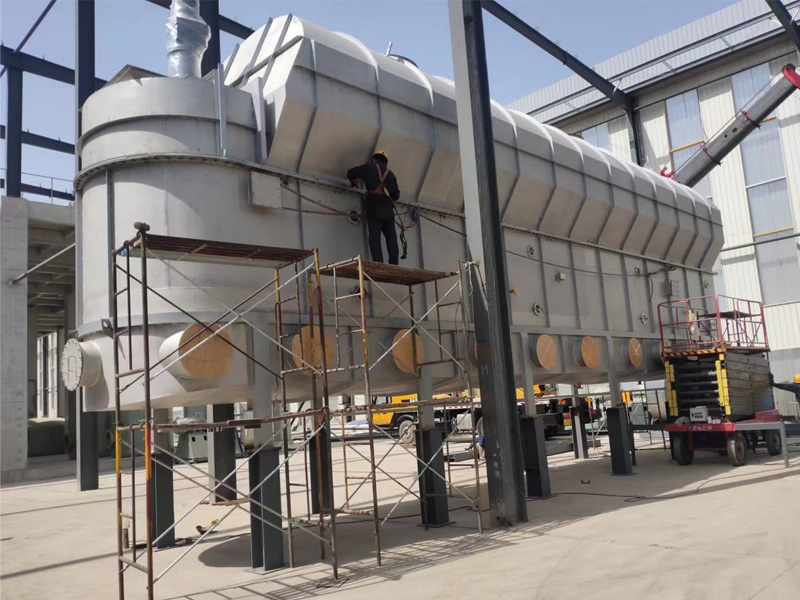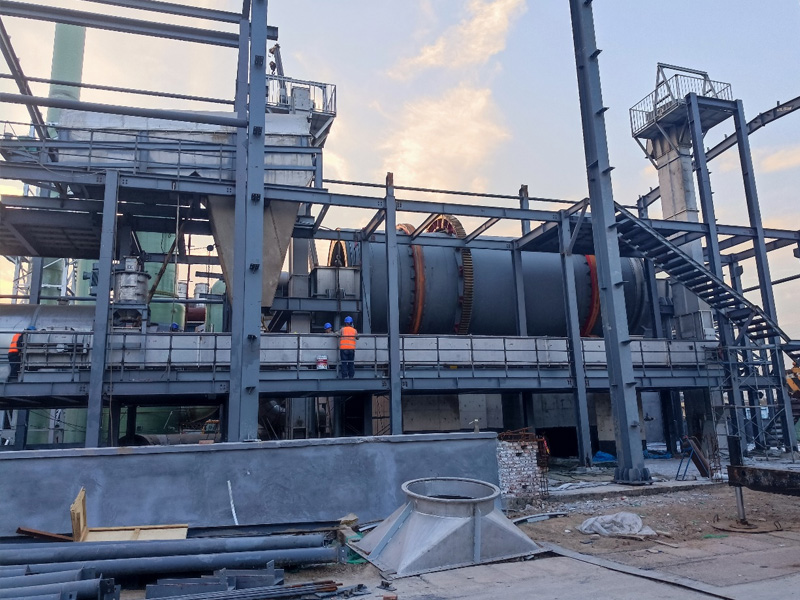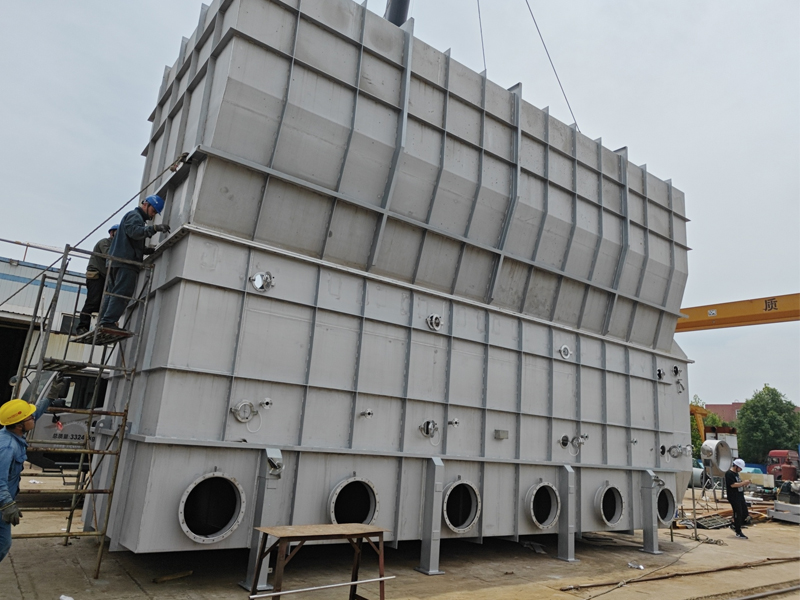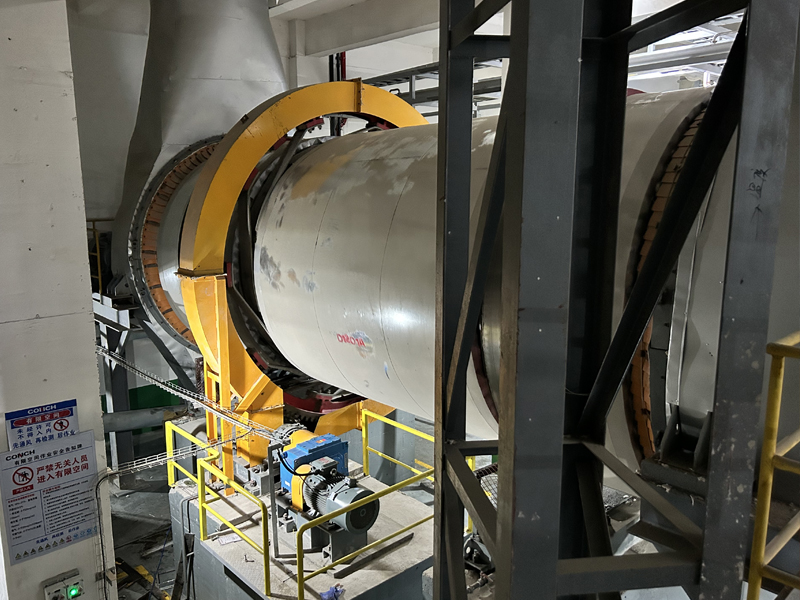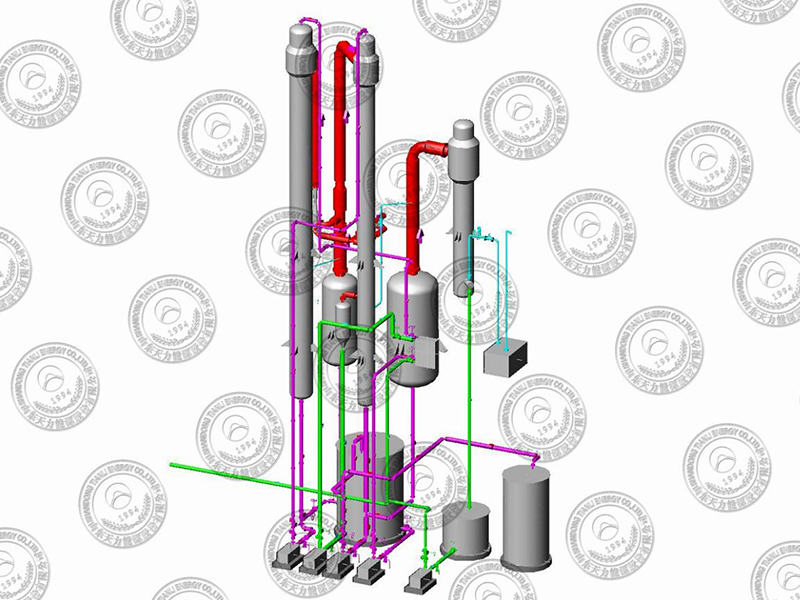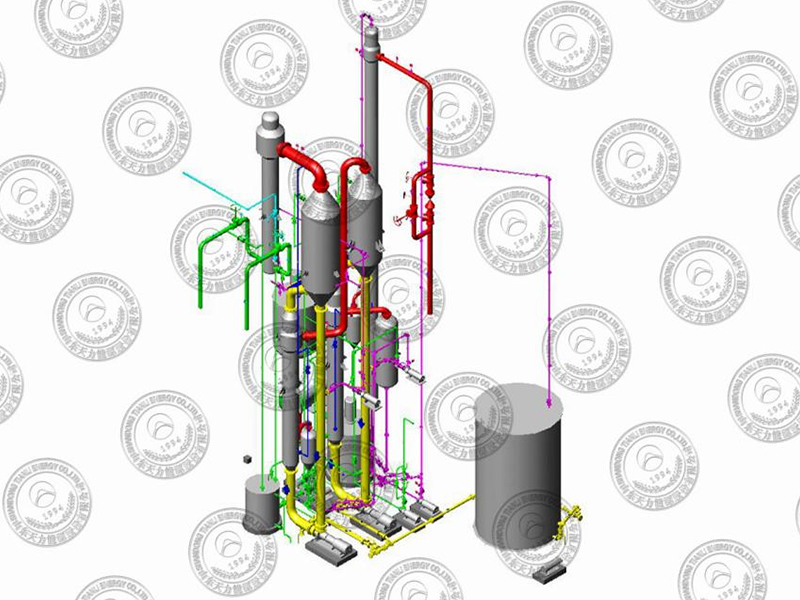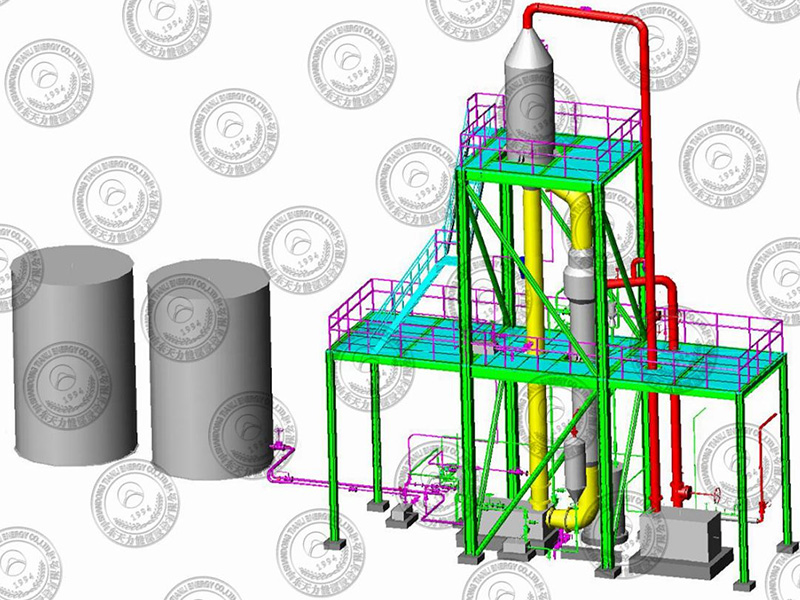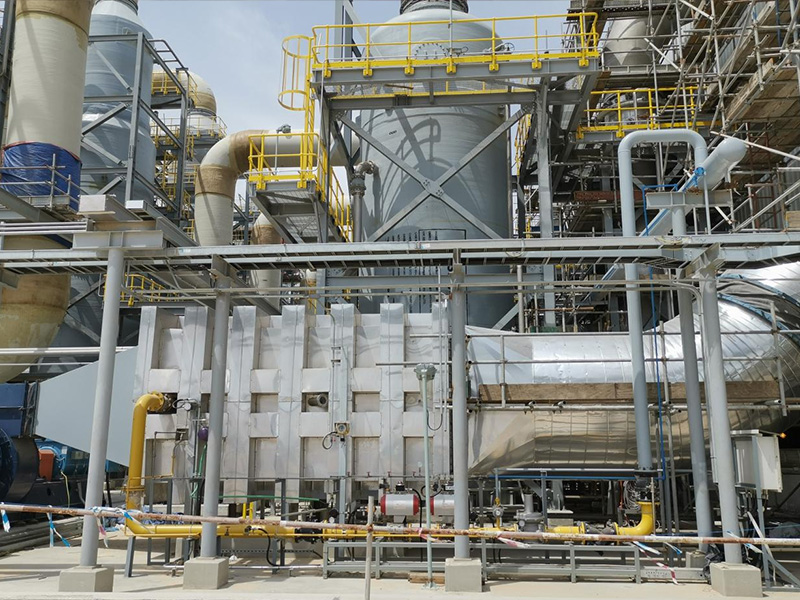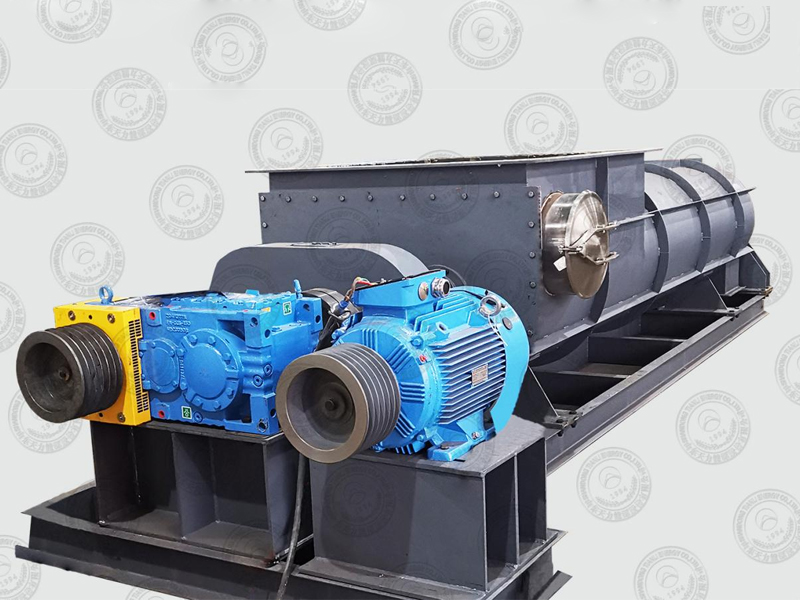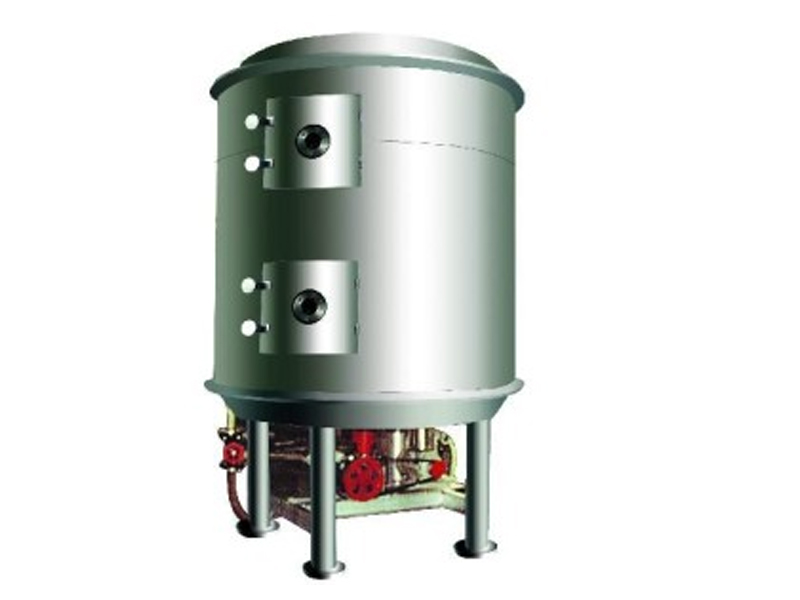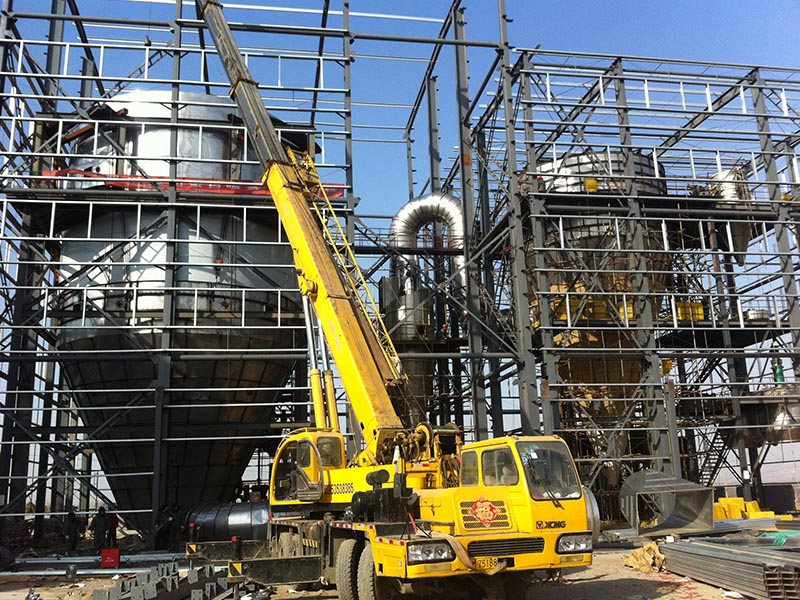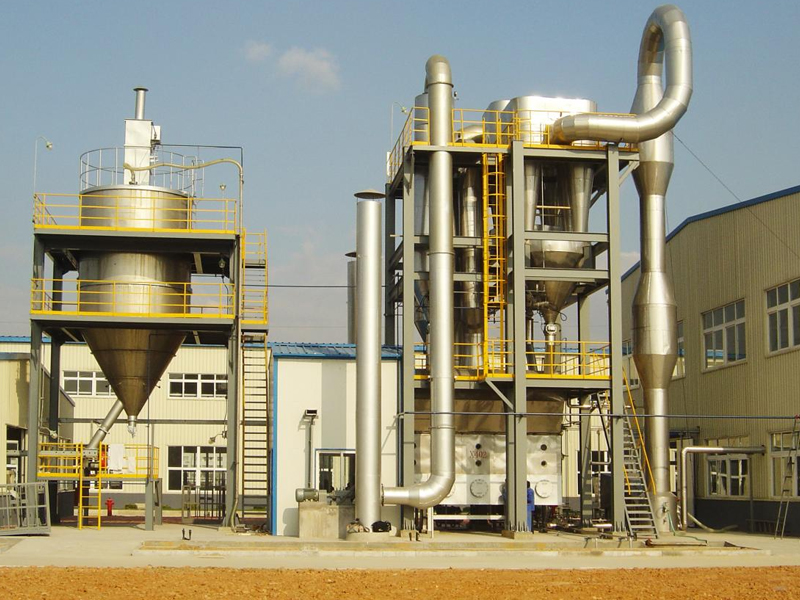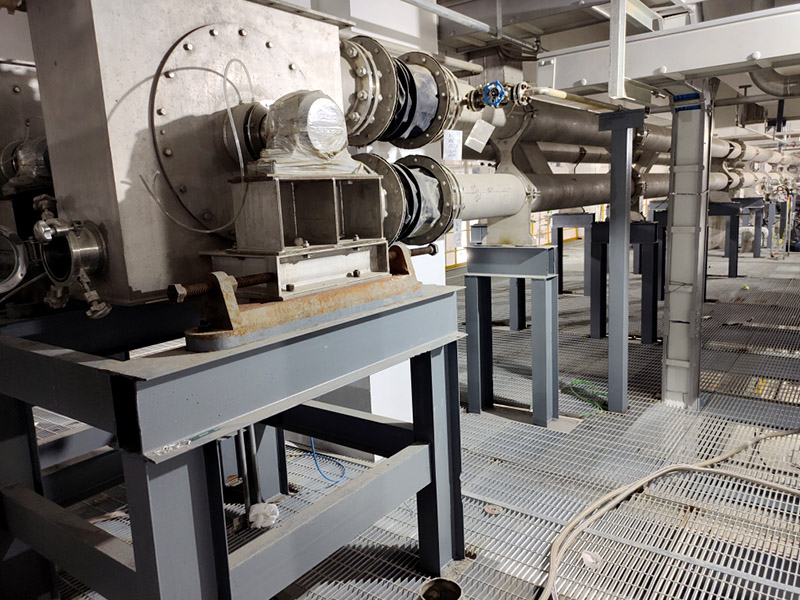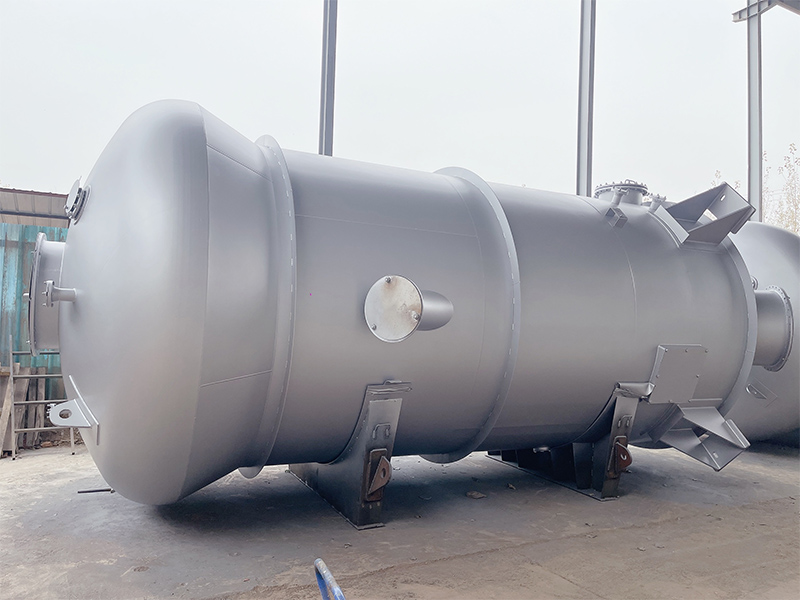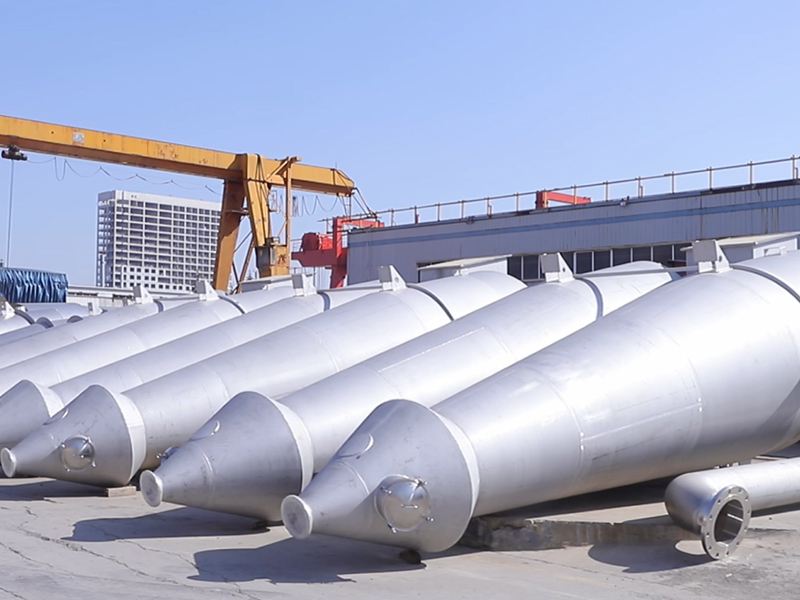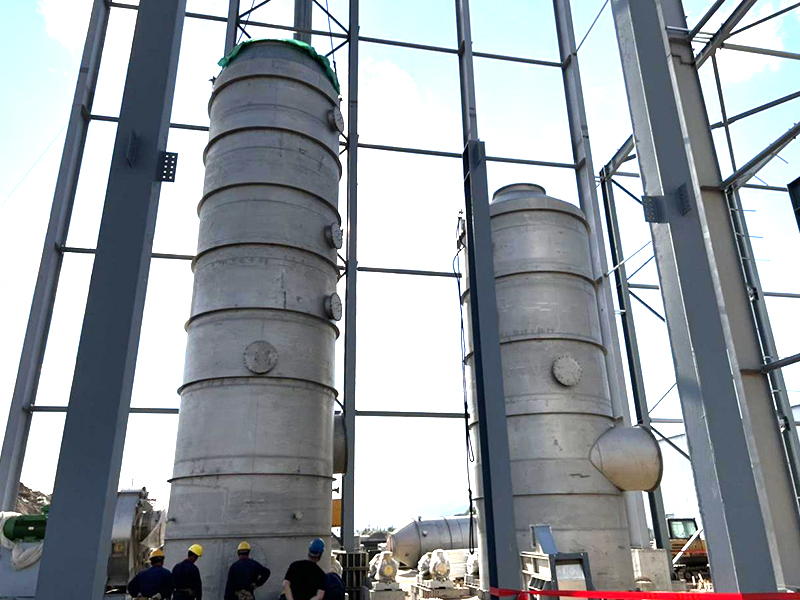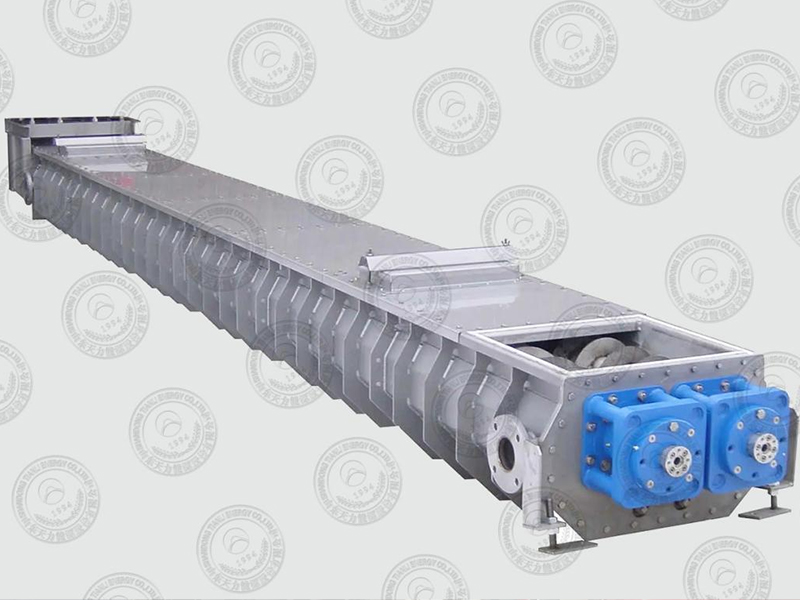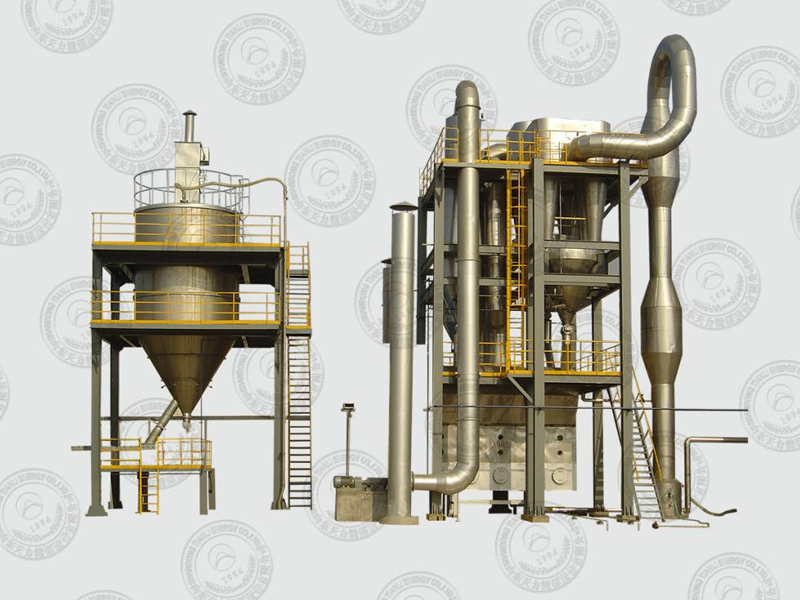LIST
PRODUCTS
Contact us
Pneumatic Dryer
- Tianli
- China
Equipment Structure
Equipment Structure
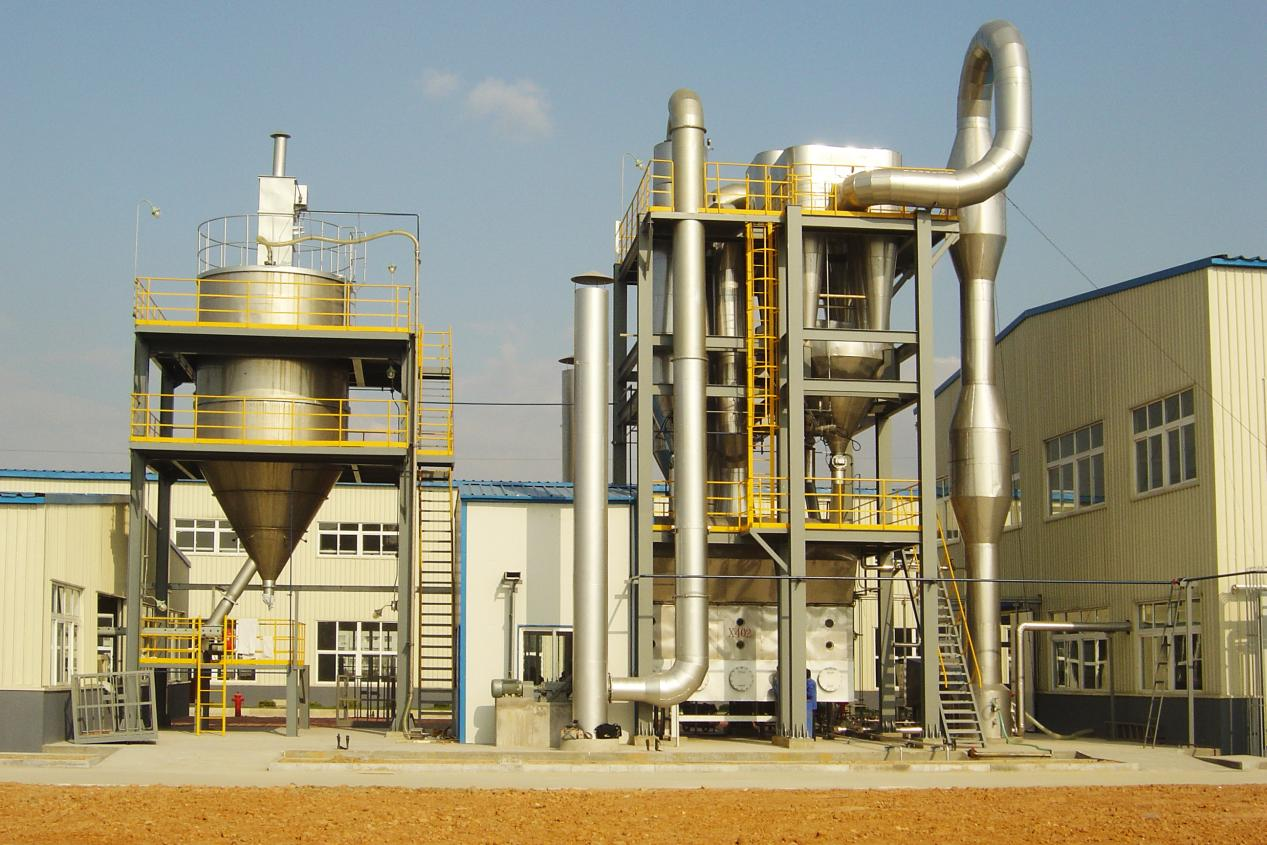
Pneumatic drying is a technology that uses high-speed hot airflow to disperse and suspend wet material particles, and achieves rapid drying through intense mixing of gas and solid phases. The equipment consists of the fan, heater, drying tube, etc. It has high thermal efficiency and fast drying speed, which is suitable for powdery and granular materials, can be produced continuously, and occupies a small area.
Structure And Composition
The pneumatic dryer is a continuous atmospheric pressure drying equipment, mainly composed of the following core components:
Feeding system:
a. Screw feeder: control the material to enter the drying system evenly.
b. Air filter: ensure the cleanliness of the air entering the system.
Drying body:
a. Drying tube (dryer): core drying area, usually straight tube design, up to 20 meters in length.
b. Preheater/heat exchanger: heats the air to the working temperature (usually around 500℃).
Separation system:
a. Cyclone separator: separates the dried material from the airflow and recovers the dried product.
b. Dust collector (such as bag filter): recovers fine particles and improves product yield.
Power system:
Fan: provide high-speed airflow (10-30m/s), divided into positive pressure (QG type) and negative pressure (Q type) operation.
Working Principle
Working Principle: Gas-Solid Two-Phase Flow and Heat and Mass Transfer
Drying process:
a.The wet material enters the drying tube through the feeder.
b.The high-speed hot air flow (10-30m/s) disperses and suspends the material particles.
c.Instantaneous drying (0.5-5 seconds) is completed during pneumatic conveying.
d. The dried material is separated from the gas in the cyclone separator.
Heat and mass exchange mechanism:
a. The material particles are fully in contact with the hot air, maximizing the surface area.
b. The convective heat and mass transfer efficiency is extremely high.
c. Parallel flow operation is used to avoid overheating of the material.
Technical Advantages And Characteristics
Efficiency characteristics:
a. High drying intensity: evaporation intensity per unit volume can reach 100-200kg water/m³·h.
b. Thermal efficiency is as high as 60%-90%, which saves more than 30% energy compared with traditional drying methods.
c. Large processing capacity, single-machine evaporation capacity can reach 2000kg water/h.
Quality assurance:
a. Especially suitable for heat-sensitive materials to avoid overheating and decomposition.
b. Product moisture content can be stably controlled at 0.5%-5.5%.
c. Low particle breakage rate, maintaining the original characteristics of the material.
Operational advantages:
a. Simple structure and small footprint.
b. Low investment and maintenance costs.
c. Automated continuous production can be achieved.
Material Suitability
Pneumatic drying is suitable for materials with the following characteristics, which are classified by industry:
Chemical and mining industries: calcium carbonate, barium carbonate, titanium dioxide, diatomaceous earth, molecular sieves, etc;
Food and agricultural product processing: starch, glucose, instant coffee powder, milk powder, dehydrated vegetable powder, etc;
Medicine and bioengineering: antibiotic raw materials, Chinese medicine extracts, probiotic freeze-dried powder, etc;
New energy materials: lithium-ion battery positive electrode materials, graphene powder, catalyst carriers, etc.
Unsuitable material types
Highly viscous materials: such as sludge and hot melt adhesive with a moisture content of more than 40%, which are easy to block in the drying tube;
Large particle size materials: block materials with a particle size of more than 5mm need to be crushed to a suitable particle size first;
Materials that are easy to agglomerate: easy to form hard agglomerates during the drying process and need to be used with a dispersant.


